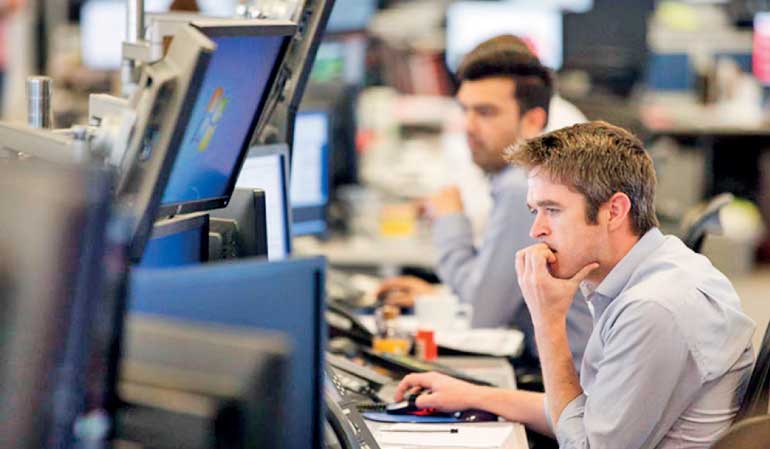Saturday Jan 11, 2025
Saturday Jan 11, 2025
Thursday, 11 February 2016 00:00 - - {{hitsCtrl.values.hits}}

Reuters: Asian stocks fell on Wednesday on growing concerns about the health of the world’s banks, particularly in Europe, pushing investors into safer assets such as the yen, which stood near a 15-month high versus the dollar.
Spreadbetters expected the pessimism to carry over into Europe, forecasting a slightly lower open for Britain’s FTSE, Germany’s DAX and France’s CAC.
S&P 500 e-mini futures ESc1 fell 0.4%, suggesting another weak start on Wall Street.
Japan’s Nikkei, which tumbled more than 5% Tuesday, suffered another bruising session and slid to a 16-month low.
The Nikkei was last down 4% with falling bank shares and a stronger yen continuing to take a toll on sentiment.
The adoption of negative interest rates by the Bank of Japan has provided no support, and the index has dropped more than 10% since the central bank’s surprise easing on 29 January.
Equity markets were struck early in the week by worries about the health of the euro zone banking sector, with very accommodative monetary policy seen crimping bank profits and their ability to repay debt.
Trouble for equities has meant a boon for sovereign debt, with the Japanese government bond 10-year yield JP10YTN=JBTC dropping into the negative for the first time on Tuesday before pulling back to 0.010%.
The US Treasury benchmark yield US10YT=RR stood near a one-year trough and the 10-year German bund yield DE10YT=RR was at its lowest in 10 months.
The yen and Swiss franc, often sought in times of financial market turmoil, have also received strong boosts this week.
The dollar traded at 114.60 yen JPY= after sinking to a 15-month low of 114.205 overnight. The greenback traded close to 0.9695 franc CHF=, a four-month low touched on Tuesday.
The euro was flat at $ 1.1287 EUR= after scaling a four-month high of $ 1.1338 overnight on the dollar’s broader weakness.
Spot gold XAU= fetched $ 1,191.36 an ounce, within reach of a 7-1/2-month peak of $ 1,200.60 struck on Monday on the back of risk aversion in the wider markets.